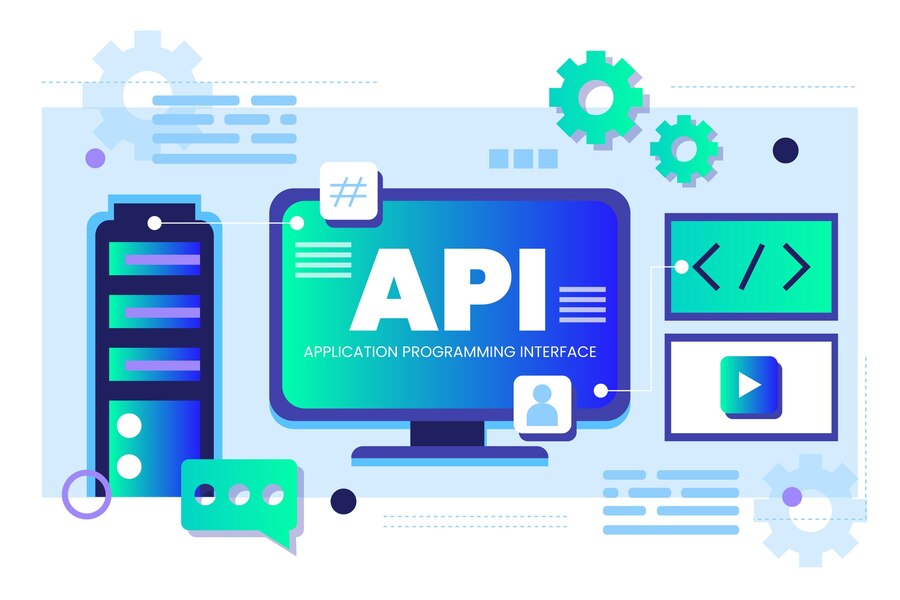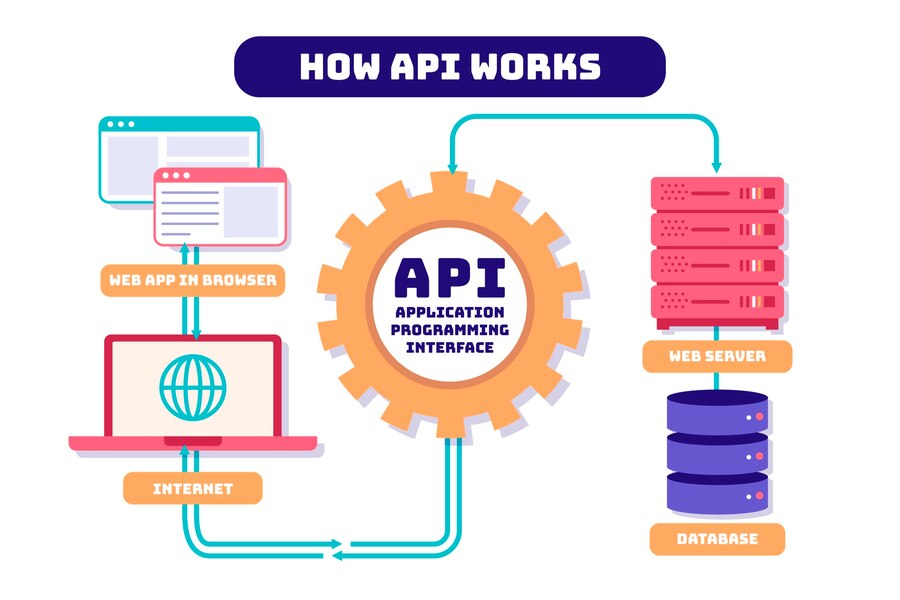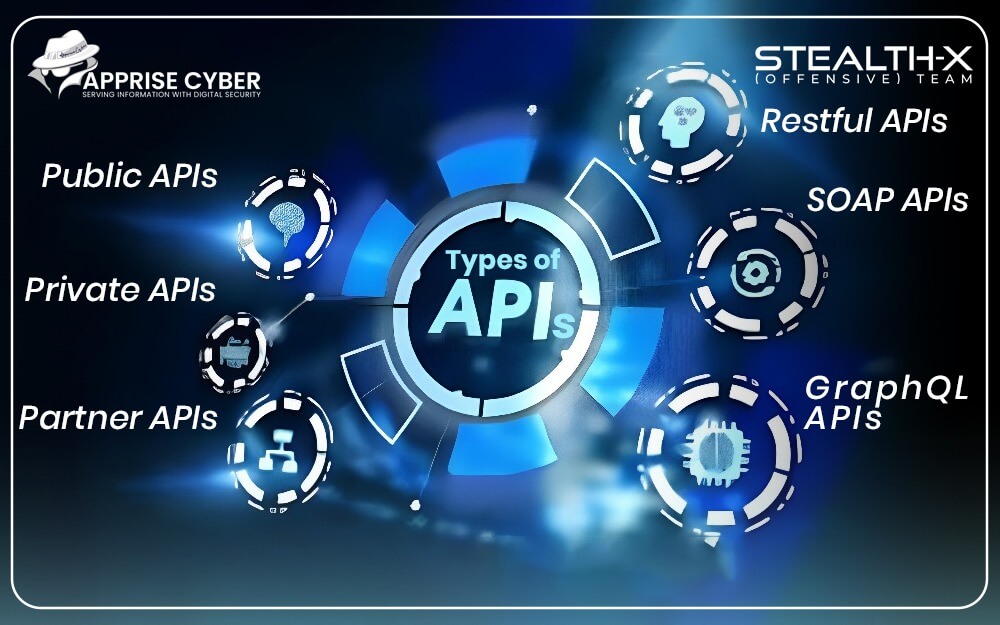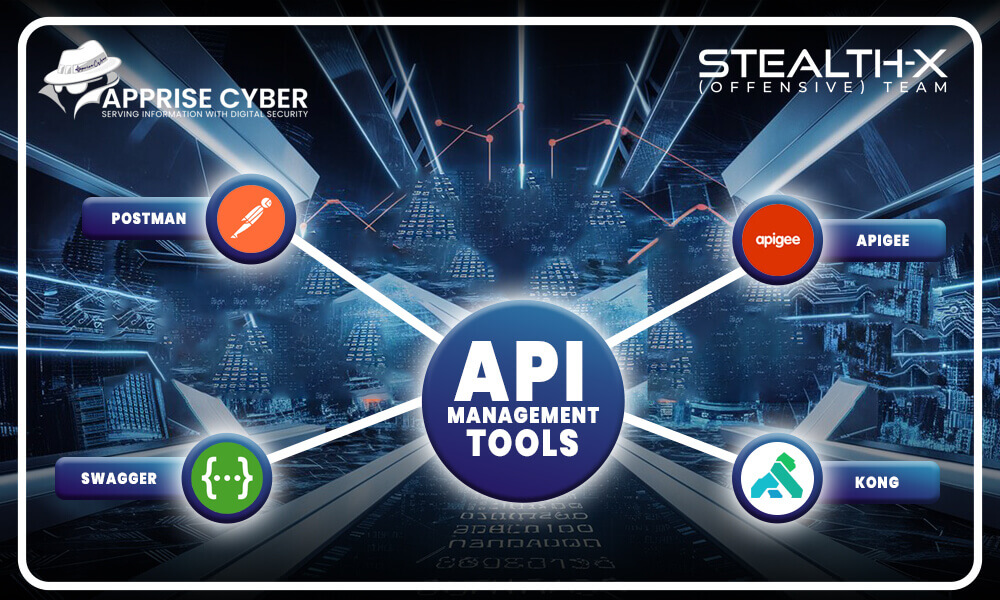Introduction to APIs
You might not even know what API stands for or what it does. But, they are definitely familiar to you. APIs are used every day to make your digital life easier behind the scenes.

In today’s digital age, applications and services are increasingly interconnected. This seamless interaction is made possible through Application Programming Interfaces (APIs). Whether it’s social media platforms or online shopping, APIs are the unsung heroes behind many of the things we take for granted. In this comprehensive guide, we will demystify APIs, also known as the digital messenger of modern software, exploring their fundamentals, real-world applications, and their significance in cybersecurity.
What is an API?
An API, or Application Programming Interface, is essentially a set of rules and protocols that allow different software applications to communicate and interact with each other. It acts as a bridge, enabling applications to request and exchange data seamlessly without requiring in-depth knowledge of their internal workings.
Imagine APIs as a waiter in a restaurant:
When you order a dish, you don’t need to know how the kitchen operates. The waiter (API) takes your order (request), communicates it to the kitchen (server), and brings you the finished meal (response).
How Does an API Work?
Endpoint: An API endpoint is the URL at which a client application can access the API.
Request: It is the data or parameters sent by the client to the server.
Response: It is the data that is returned to the client by the server in the form of a response.
HTTP Methods: Commonly used methods like GET, POST, PUT, DELETE that define the type of operation to be performed.
Types of APIs
APIs can be categorized based on their access level and functionality:
Public APIs: Accessible to anyone with an API key. Examples include weather APIs, mapping APIs, and social media APIs.
Private APIs: Used internally within an organization for specific applications.
Partner APIs: Shared between specific business partners.
RESTful APIs: Commonly used, they follow Representational State Transfer (REST) architectural style, focusing on simplicity and scalability.
SOAP APIs: Based on XML, these APIs provide deeper level of structure and complexity.
GraphQL APIs: Provide flexible data fetching capabilities.
How APIs Work?
A Real-World Example:
Take a moment to imagine using your smartphone’s weather application. When you open the app, it requests the current weather data from a remote server using an API. Here’s how it works step-by-step:
Request: The app sends a request to the weather service API endpoint.
Processing: The weather service processes the request and fetches the relevant data.
Response: The weather service sends the weather data back to the app.
Display: The app displays the current weather on your screen.
To grasp the concept better, let’s explore some more real-world applications of APIs:
Social Media: APIs allow third-party applications to access user data and post content on platforms like Facebook, Twitter, and Instagram.
Financial Services: Banks and financial institutions use APIs for online banking, mobile payments, and data sharing.
Advanced Example: Integrating Payment Gateways
For a more advanced example, consider an e-commerce website integrating a payment gateway like PayPal or Stripe. The integration process involves multiple API calls:
Initiate Payment: The website sends a request to the payment gateway API to initiate a payment.
Redirect to Gateway: The user is redirected to the payment gateway to enter payment details.
Payment Processing: A confirmation response is sent back to the website by the payment gateway after the payment has been processed.
Order Confirmation: The website confirms the order and updates the user on the payment status.
Benefits of Using APIs
- Enhanced Interoperability
APIs enable different systems to work together seamlessly, allowing businesses to integrate various tools and platforms efficiently.
- Increased Efficiency
By automating tasks and reducing the need for manual intervention, APIs help streamline processes and improve productivity.
- Scalability
APIs allow businesses to scale their operations by enabling them to quickly and easily integrate new functionalities and services.
- Innovation and Flexibility
The APIs enable developers to create new applications and services by giving them the tools they need. They also offer flexibility in how data and services are accessed and used.
The Role of APIs in Cybersecurity
Security challenges are associated with APIs, even though they offer numerous benefits. Cybercriminals can exploit vulnerabilities in APIs to gain unauthorized access to sensitive data. Therefore, robust API security measures are essential:
Authentication and Authorization: Implement strong authentication mechanisms to verify user identities and control access to API resources.
Data Encryption: Encrypt data transmitted via APIs using HTTPS to protect it from interception and tampering.
Input Validation: Validate all input parameters to prevent injection attacks.
Rate Limiting: To limit the rate at which requests are handled helps prevent abuse and denial-of-service attacks.
Error Handling: Ensure that proper error handling is in place to prevent sensitive information from being exposed.
Security Testing: Regularly conduct security assessments to identify and address potential vulnerabilities.
What is an API Security Checklist?
An API security checklist is a comprehensive set of guidelines and best practices designed to protect your APIs from potential threats and vulnerabilities. This checklist ensures that all aspects of API security are addressed, from authentication and authorization to data encryption and rate limiting. Implementing a robust API security checklist helps safeguard sensitive data, maintain user trust, and prevent unauthorized access or abuse.
We use OWASP API TOP 10 checklist as standard for API security. By following this checklist, you can enhance the security of your APIs, protect your data, and ensure a safe user experience.
Key benefits of an API Security Checklist:
- Protect sensitive data transmitted via APIs.
- Enhance compliance and reliability in services.
- Reduce vulnerabilities in API assets.
- Prevent disruptions in business operations.
API Management Tools
Managing APIs effectively requires the right tools. Here’s a quick overview of the top four API management tools:
Postman
Ideal for API development, testing, and collaboration with a user-friendly interface and extensive testing capabilities.
Swagger
In addition to design, develop, document, and consuming APIs, Swagger (an open source tool) also provides comprehensive API lifecycle management.
Apigee
Apigee, by Google, is a robust API management platform that provides tools for advanced security, analytics, and integration features, suitable for businesses of all sizes.
Kong
An open-source API management solution known for its performance and scalability, with a flexible plugin architecture and strong community support.
Future Trends in APIs
API-First Development
API-first development is a strategy where APIs are designed and built before the rest of the application. This approach ensures that APIs are well-documented and meet the needs of developers from the outset.
AI and Machine Learning Integration
Integrating AI and machine learning with APIs can unlock new possibilities, such as predictive analytics and personalized user experiences.
GraphQL
It is becoming increasingly popular as a replacement for REST APIs to use GraphQL. It allows clients to request only the data they need, reducing the amount of data transferred and improving performance.
Server less Architecture
Server less computing allows developers to build and deploy APIs without managing the underlying infrastructure. Scalability and cost reduction can be achieved through this approach.
APIs and SEO
The use of APIs can have a significant impact on SEO because they provide valuable data and automate processes. Some common use cases include:
Keyword Research: Utilize APIs to gather keyword data and trends.
Backlink Analysis: Analyze backlinks using API-powered tools.
Website Performance Optimization: Monitor website speed and identify performance bottlenecks using API-based tools.
Content Optimization: Analyze content performance and identify areas for improvement.
Conclusion
APIs have become an indispensable component of modern software development. By understanding the different types of APIs, their benefits, and best practices for security, businesses can harness their full potential. As technology continues to evolve, staying informed about the latest trends in API development will be crucial for maintaining a competitive edge.
As a cybersecurity firm, emphasizing the importance of API security is crucial in protecting sensitive data and building trust with clients. Apprise Cyber provides API security penetration testing services, in which we Identify vulnerabilities in the API implementation, authentication mechanisms, and data handling. Test the API’s compliance with security best practices and standards. Contact us to embrace the world of APIs and unlock new opportunities for innovation and growth.










